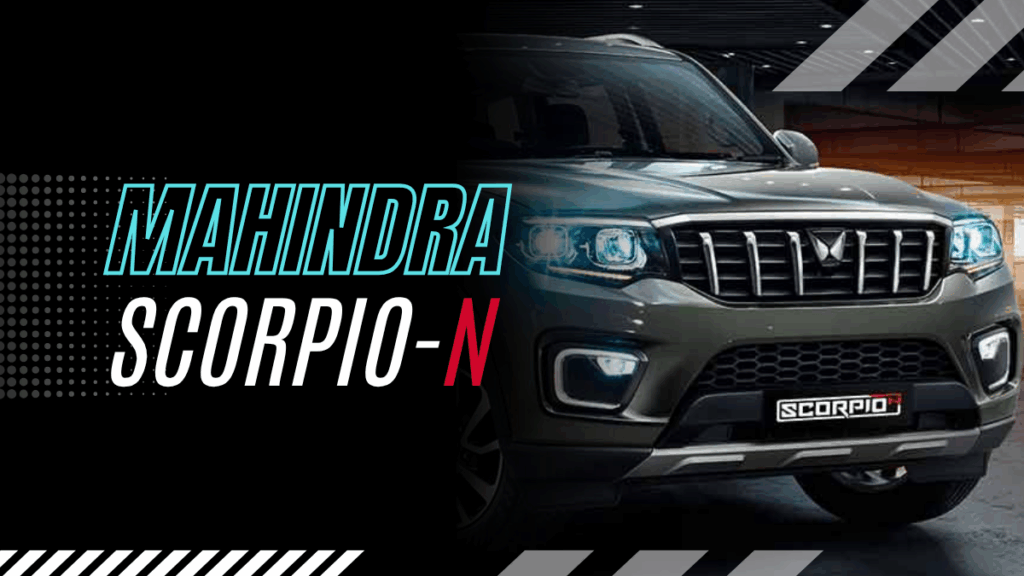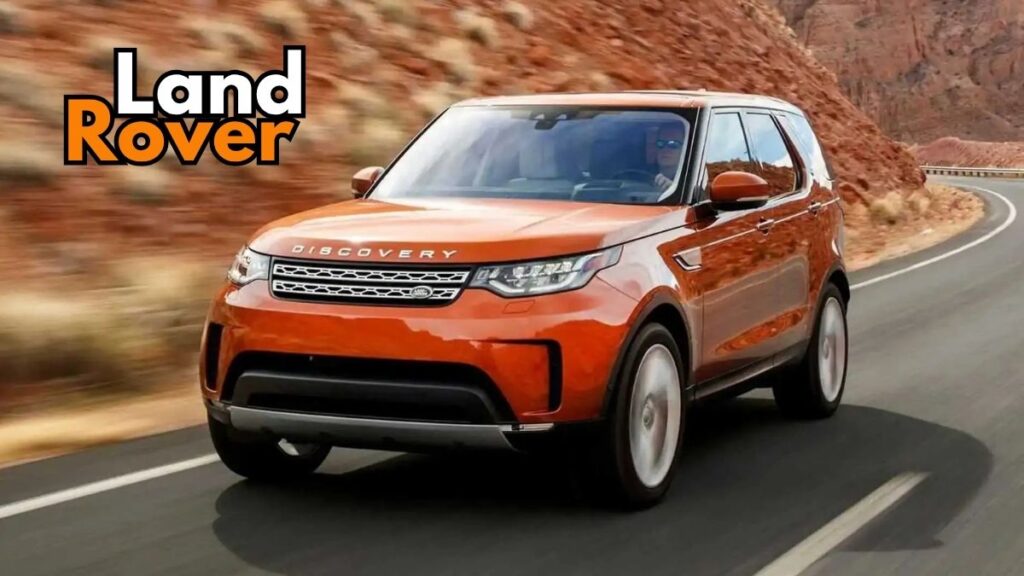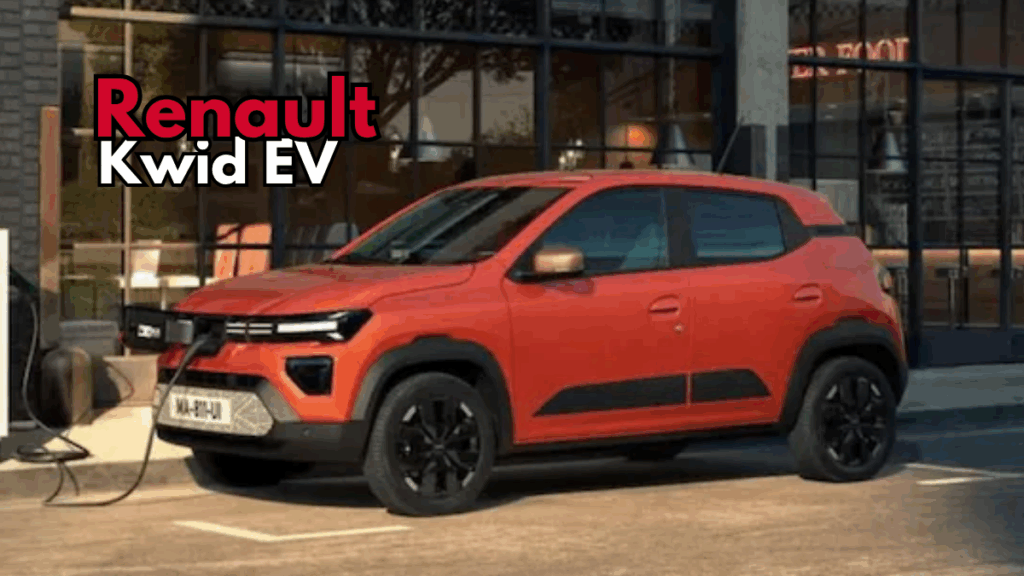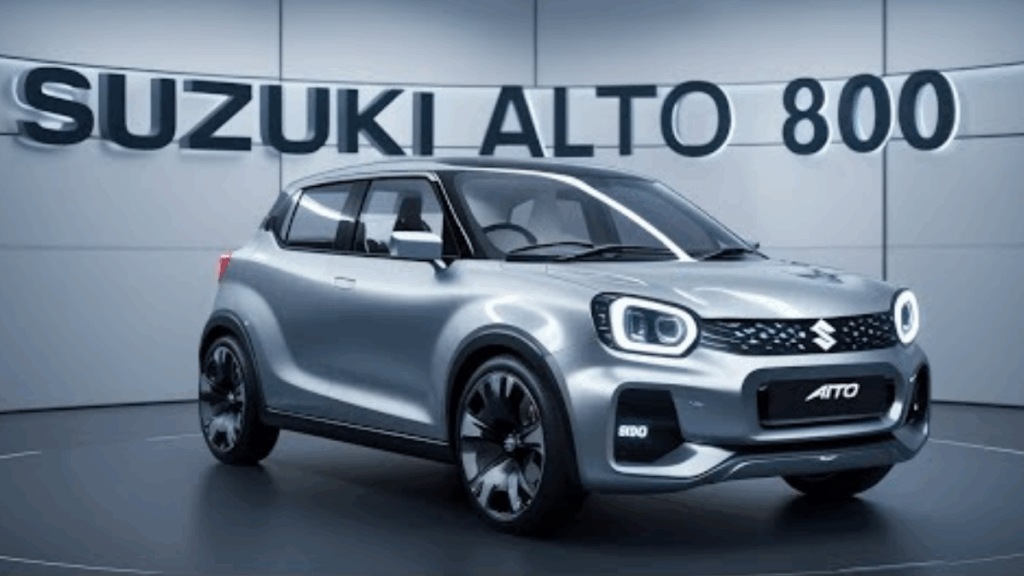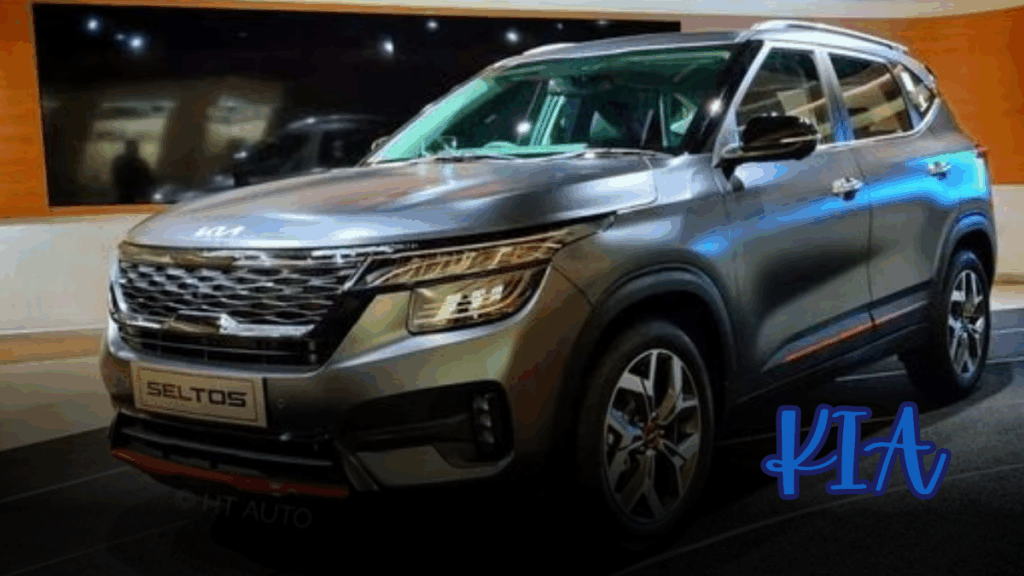The Renault Kwid, first launched in 2015, has been a cornerstone of Renault’s presence in India. Over the years, it has carved a niche by blending SUV-inspired styling with budget-friendly pricing an appealing proposition for first-time buyers. With competition intensifying and sales softening recently, Renault appears set to refresh the Kwid with a facelift aimed at injecting new energy into the nameplate and reinforcing its value proposition against rivals such as the Maruti Suzuki Alto, Tata Tiago, and other compact hatchbacks.
Recent spy shots of a camouflaged test mule confirm that a significant cosmetic update is underway. While the vehicle was wrapped, enough details peek through to paint a clear picture of what the facelifted Kwid could bring to the showroom floor.
Exterior: Sharper Face, Familiar Stance
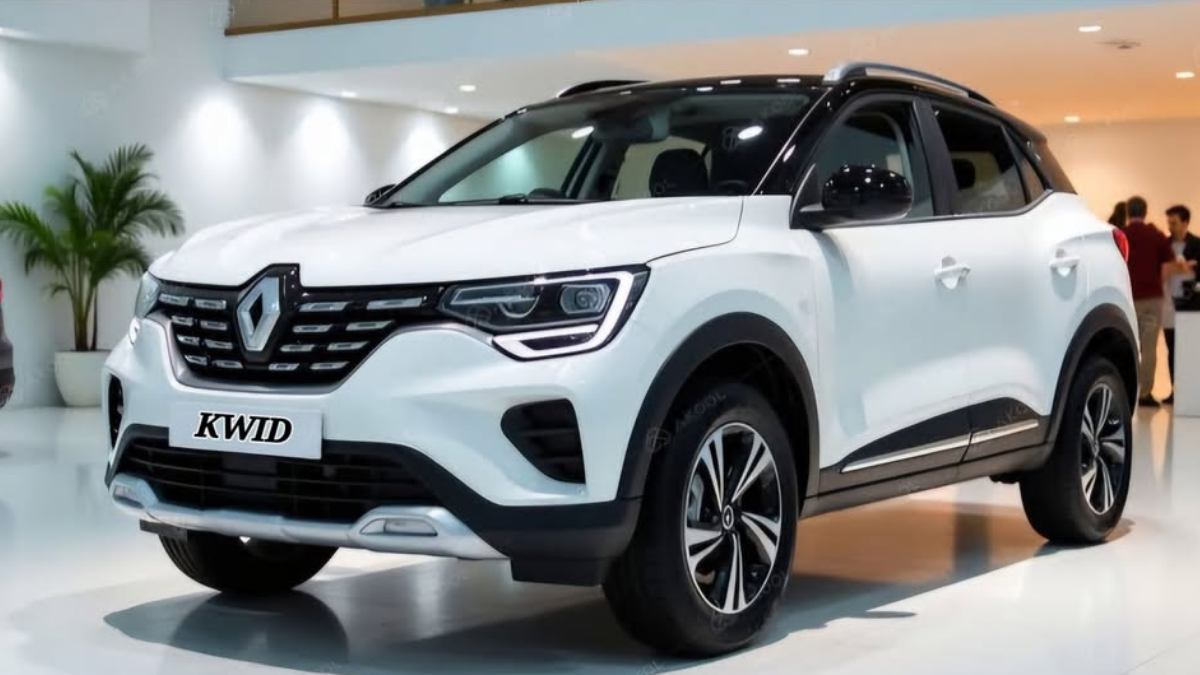
Front-End Updates
Up front, the facelift adopts a bolder design language that appears inspired by the internationally sold Dacia Spring EV. Expect a reworked grille with a cleaner, more contemporary mesh or slat pattern, flanked by pentagonal halogen headlamps. The lighting signature is refreshed with Y-shaped daytime running lamps, a motif that visually links the Kwid to newer Renault and Dacia design cues. Revised bumper contours aim to make the fascia look wider and more planted, enhancing the mini-SUV character that has always set the Kwid apart in its segment.
Rear-End Tweaks
The Y-theme continues at the back with new Y-shaped tail lamps, paired with a reprofiled rear bumper. These changes should help the facelifted Kwid look fresher without abandoning the overall silhouette buyers recognize. The intent seems to be evolutionary, not radical—modernizing the visual appeal while retaining the Kwid’s core identity.
Side Profile and Details
From the side, squared-off wheel arches and flap-style door handles maintain the robust, SUV-lite stance. Wheel designs could see a minor update, depending on variant. Expect the same compact proportions that make the Kwid easy to thread through city traffic and park in tight spots.
Quick Summary
Key Point |
Details |
|---|---|
Model |
Renault Kwid (Facelift, India-bound) |
Segment |
Entry-level hatchback; rival to Maruti Suzuki Alto, Tata Tiago, and others |
What’s New (Exterior) |
Refreshed grille, Y-shaped DRLs, revised bumpers, pentagonal headlamps, Y-shaped tail lamps, squared-off wheel arches |
What’s Likely Inside |
Larger infotainment screen (expected around 10 inches), updated upholstery, revised dashboard |
Powertrain (Expected) |
1.0-litre naturally aspirated petrol; 5-speed manual and 5-speed AMT options |
Estimated Outputs |
Around 68 hp and 92.5 Nm (carryover) |
Launch Window |
To be announced |
Target Buyer |
First-time car buyers and city commuters seeking style, features, and efficiency on a budget |
Official Site |
Interior: Bigger Screen, Better Ambience (Expected)
Though interior images have not surfaced officially, the test mule hints at a larger infotainment display—likely moving to a unit around 10 inches on higher trims. This upgrade would be a meaningful quality-of-life improvement for buyers who prioritize connectivity and a modern cabin interface. Beyond the screen, look for new upholstery patterns, revised dashboard textures, and minor layout optimizations to improve perceived quality. Storage solutions and ergonomic tweaks could also receive attention, making the cabin feel more premium without driving up costs significantly.
Features and Convenience
Feature allocation typically scales with variant in the Kwid lineup, and that strategy should continue. Expect the top variants to pack the larger touchscreen with smartphone connectivity, steering-mounted controls, power windows, remote locking, and possibly a refreshed instrument cluster graphic. Practical touches like multiple USB ports, a rear parcel shelf, and usable boot space should remain strengths.
Safety: Compliance and Everyday Confidence
In the budget segment, compliance with regulations is non-negotiable. The facelifted Kwid is expected to continue with safety basics such as dual airbags, ABS with EBD, rear parking sensors, speed alerts, and seatbelt reminders, aligning with prevailing norms. The facelift may also fine-tune structural and equipment elements to improve perceived safety and reassurance for families and first-time buyers.
Powertrain: Proven 1.0-Litre Petrol, Manual and AMT
Under the hood, Renault is likely to retain the dependable 1.0-litre naturally aspirated petrol engine from the outgoing car. The power and torque figures are expected to remain in the ballpark of 68 hp and 92.5 Nm. Transmission choices should again include a 5-speed manual for those who enjoy direct control and a 5-speed AMT for buyers prioritizing convenience in congested city driving. Given the Kwid’s light weight and urban focus, this drivetrain combination has historically delivered easy drivability and competitive efficiency key buying factors in the segment.
Ride, Handling, and Efficiency Expectations
The Kwid has always leaned toward comfort over sportiness, a sensible choice for daily commuting and occasional highway runs. Expect the facelift to maintain a compliant ride, light steering, and predictable handling. Tyre and suspension tuning may be subtly tweaked to reduce road noise and improve bump absorption. Efficiency should remain a headline draw, with the NA petrol engine and AMT pairing typically returning wallet-friendly running costs.
Variants, Colours, and Personalization
While variant names and colour options are yet to be announced, Renault traditionally offers a spread that lets buyers step up through features without losing the Kwid’s core affordability. Dual-tone options, accessory packs, and decal kits may also be offered after launch to let owners personalize their cars.
Market Positioning: Where It Stands Against Rivals
The facelift aims squarely at the heart of the entry-level hatchback market. Against the Maruti Suzuki Alto, the Kwid’s ace remains its SUV-inspired look, larger presence, and tech-forward cabin feel, especially if the bigger infotainment display arrives as expected. Versus the Tata Tiago, the Kwid will continue to sell on style and value, while Tiago counters with a more sophisticated chassis and cabin feel. The refreshed Renault strategy seems to be: amplify design, modernize touchpoints, and protect the value equation.
Expected Pricing and Launch Timeline
Renault has not formally announced prices or a launch date at the time of writing. Given the scale of the changes largely cosmetic with probable feature enhancements pricing is expected to remain competitive, with a modest premium over the outgoing equivalent variants. Official confirmation will clarify exact positioning and any introductory offers.
Should You Wait for the Facelift?
If you like the Kwid’s SUV-like stance and city-friendly footprint, the facelift is worth waiting for. The expected larger screen and refreshed styling could significantly improve day-to-day experience and long-term satisfaction. On the other hand, if you find a strong deal on the current model, factor in the facelift’s likely benefits against immediate savings.
Frequently Asked Questions (FAQs)
1) What are the biggest changes in the Renault Kwid facelift?
A revised front fascia with a new grille, Y-shaped DRLs, updated headlamps and bumpers, Y-shaped tail lamps at the rear, and a likely larger touchscreen inside. Minor interior trims and upholstery updates are also expected.
2) Will the engine change in the facelift?
It is expected to continue with the 1.0-litre naturally aspirated petrol engine, paired with 5-speed manual and 5-speed AMT transmissions.
3) Will there be a CNG or EV version of the facelifted Kwid?
There is no official confirmation on additional powertrains at this stage. The test mule points to the petrol configuration carrying forward.
4) How will it compare with the Maruti Alto?
The Kwid typically offers a more SUV-inspired design and a larger-feeling cabin experience, while the Alto is known for robust reliability and an expansive service network. The facelift should sharpen the Kwid’s appeal on design and tech.
5) When will bookings open?
Renault has not announced booking timelines yet. Watch the official channels for updates.
6) Will prices increase significantly?
A small premium over the current model is possible due to the added features and cosmetic updates. Exact prices will be known at launch.
7) Is the larger infotainment screen standard?
It is likely to be offered on higher variants, with lower variants receiving appropriately sized units. Final feature distribution will be clear post-launch.
For More Information Click HERE

